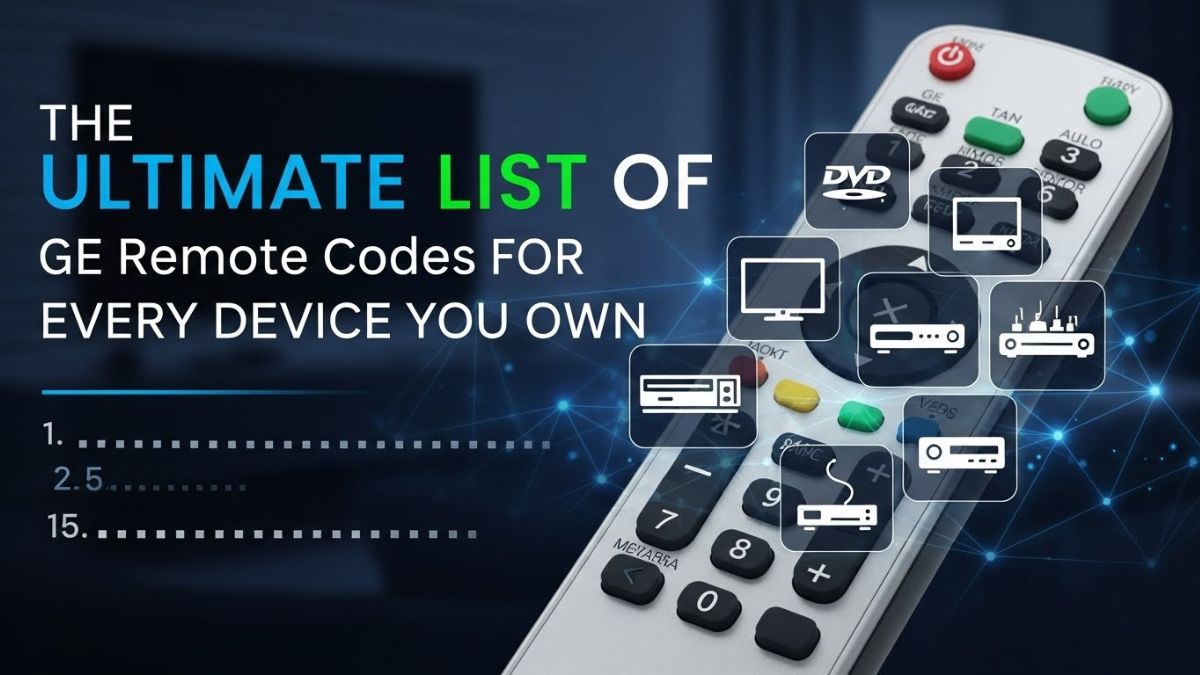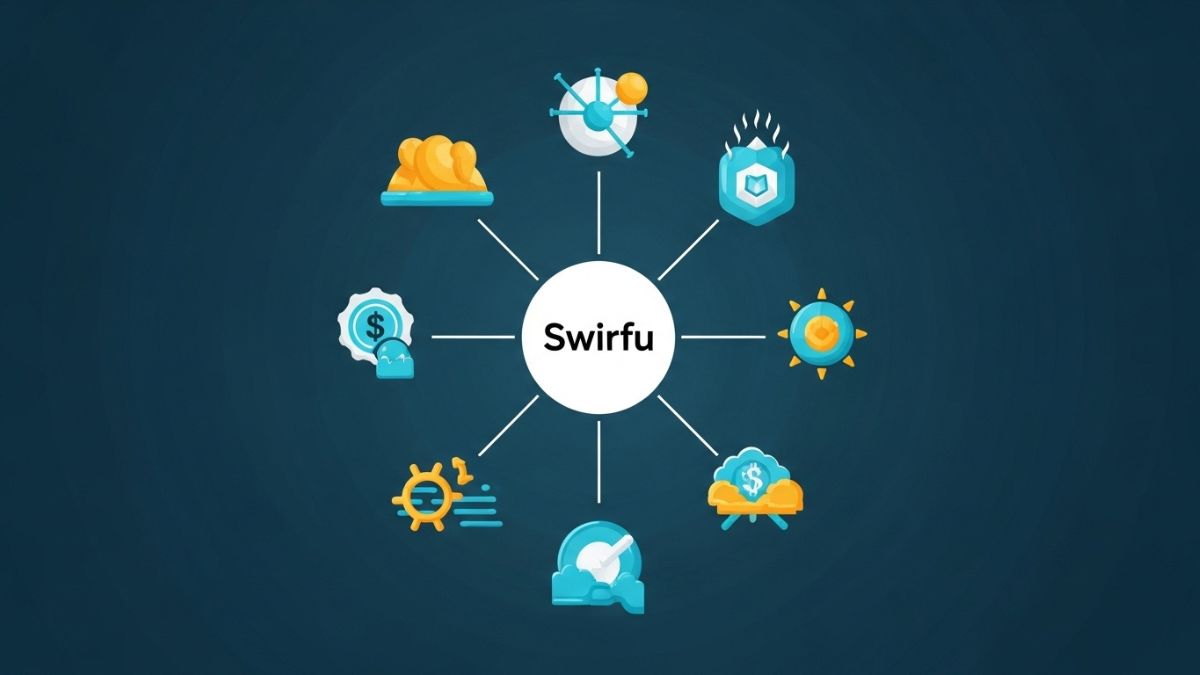Running a therapy practice today means more than just helping clients; you’re also juggling paperwork, schedules, and technology. If you’ve ever felt overwhelmed by administrative work or stuck using outdated systems. The right tools can take a huge weight off your shoulders.
According to a recent survey, many therapists report that using practice management software has significantly improved their overall workflow efficiency. Yet many practitioners still struggle with outdated systems or cobbled-together solutions that waste valuable time and energy.
From simplifying notes to improving client care, these must-have features are game-changers for any therapist. Whether you’re just starting out or looking to upgrade, this blog will walk you through what works, so you can focus on what matters most: helping your clients feel better and thrive.
Transforming Therapy Practices with the Right Tools
The modern therapy practice has evolved dramatically, moving beyond simple note-taking and appointment books to comprehensive digital ecosystems. Before diving into specific features, it’s important to understand what makes a tool truly essential in today’s therapy environment.
Therapists juggle numerous responsibilities beyond the therapy session itself. Documentation demands, insurance requirements, and other practice management tasks can consume hours that would be better spent on client care or self-care. Many therapists report spending 30-40% of their workday on administrative tasks instead of direct client work.
When implemented correctly, the right tools for therapists can dramatically reduce administrative burden while improving client outcomes. Effective practice management systems free therapists to focus on what matters most, providing quality care to clients in need.
What Makes a Feature “Must-Have”
An essential feature solves real problems, integrates seamlessly with other systems, and adapts to your specific practice needs. The best must-have features for therapists should feel like natural extensions of your workflow rather than additional obligations. Let’s explore what these features look like in practice.
1. Integrated Electronic Health Record (EHR) Systems
An effective EHR system serves as the backbone of modern therapy practice management. These systems go far beyond basic documentation to offer comprehensive practice support.
Smart Documentation Templates That Adapt to Your Specialty
Documentation templates that flex to fit your therapeutic approach save countless hours while ensuring compliance. The best software for occupational therapists gives customizable templates that adapt to specialty areas like sensory integration, cognitive rehabilitation, or hand therapy.
These systems allow you to create and save templates for common assessment types, progress notes, and treatment plans so you’re not starting from scratch with every client interaction.
Seamless Clinical Documentation Workflow
Documentation should flow naturally from the therapy session and not become an hours-long task afterward. Voice-to-text capabilities allow you to dictate notes during or immediately after sessions, while collaborative features enable clients to participate in goal-setting and treatment planning.
The most effective EHR systems for therapists’ daily practice tips include dashboards showing client progress over time, making it easy to track outcomes and adjust treatment plans accordingly.
2. Advanced Telehealth Capabilities
The pandemic accelerated telehealth adoption, but its convenience and accessibility ensure it’s here to stay as a core component of modern therapy practice.
High-Quality Remote Therapy Tools
Basic video platforms aren’t designed for therapeutic work. Purpose-built telehealth tools offer high-definition video with minimal latency, ensuring you can observe subtle nonverbal cues just as you would in person. Screen sharing capabilities let you review worksheets, assessments, or educational materials with clients in real time.
Integrated Telehealth Security Features
Security isn’t optional when it comes to telehealth. Look for platforms offering end-to-end encryption, secure file sharing, and HIPAA-compliant recording options for supervision and training purposes. The best telehealth features integrate directly with your EHR, eliminating the need to document sessions separately.
3. Intelligent Scheduling and Client Management
Effective scheduling systems do more than just track appointments—they help you optimize your entire practice flow.
Client Self-Service Appointment Tools
Modern scheduling tools empower clients to take control of their therapy journey. Online booking with customizable availability rules lets clients see when you’re available without revealing your entire calendar. Automated appointment reminders with customizable timing (24 hours, 1 hour before) drastically reduce no-shows.
Practice Management Analytics Dashboard
Data-driven therapy practice management helps you identify patterns and opportunities. Real-time tracking of cancellation rates can highlight which time slots have the highest no-show risk, while utilization metrics show when you might be overcommitted or have room to add more clients.
Client retention analytics with predictive indicators can flag when clients might be at risk of dropping out, allowing for proactive intervention.
4. Secure Client Communication Platforms
Client communication extends far beyond the therapy session. Having secure channels for ongoing communication is essential for modern therapy practices.
HIPAA-Compliant Messaging Systems
Standard email isn’t secure enough for sensitive client communications. HIPAA-compliant messaging systems provide encrypted client portals for exchanging messages, forms, and resources. Automated message templates for common client questions save time while ensuring consistent responses.
Digital Intake and Consent Management
Digital intake systems streamline the onboarding process for new clients. Electronic signature verification ensures that consent forms, practice policies, and other essential documentation are properly executed and stored. Automated form completion tracking helps you make sure all necessary paperwork is in place before the first session.
5. Therapy-Specific Financial Tools
Financial management might not be why you became a therapist, but it’s essential to maintaining a sustainable practice.
Streamlined Insurance Verification and Billing
Insurance complexity remains one of the biggest headaches for therapy practices. A real-time eligibility verification tool can check client insurance benefits before their appointment, avoiding unpleasant surprises. Automated claim submission with error detection helps ensure clean claims and faster payment.
Client Payment Solutions
Modern payment processing should accommodate diverse client needs. Features like multiple payment method options (including HSA/FSA cards) make it easier for clients to pay their portion. Automated superbill generation helps out-of-network clients submit for reimbursement, while sliding scale fee calculators ensure that financial assistance is applied consistently.
6. Digital Therapeutic Resources Library
A well-stocked resource library enhances therapy effectiveness and supports clients between sessions.
Evidence-Based Intervention Materials
Digital resource libraries give you instant access to worksheets, handouts, and educational materials organized by therapeutic approach. The best systems let you customize assignments and track which resources have been shared with specific clients.
Interactive Self-Help Tools for Clients
Digital tools for therapists now include interactive resources clients can use between sessions. These might include mood tracking applications that give you visibility into client patterns, guided meditation and mindfulness exercises, or progress visualization tools that motivate client engagement.
7. Outcome Assessment and Progress Tracking
Measuring client progress objectively helps guide treatment decisions and demonstrates the value of therapy.
Standardized Assessment Integration
Digital administration of validated measures like the PHQ-9 or GAD-7 saves time while ensuring accurate scoring. Automated interpretation guides help translate raw scores into clinical insights, while longitudinal tracking shows progress over time.
Goal Achievement Monitoring
Collaborative goal-setting interfaces make therapy objectives concrete and measurable. Progress visualization tools help clients see their improvement objectively, while outcome reporting features provide the documentation insurance companies increasingly require for continued authorization.
8. Professional Development and Supervision Tools
Your growth as a therapist doesn’t end with licensure—ongoing development is essential to providing the best possible care.
Clinical Supervision Features
For therapists in supervision, secure video recording with timestamped notes makes it easy to review specific moments in sessions. Supervision, scheduling, and documentation features help track your progress toward licensure or certification requirements.
Continuing Education Integration
CE tracking tools help manage your continuing education requirements, while specialized training recommendations based on your caseload can guide your professional development. Peer consultation networks facilitate case discussions and knowledge sharing.
9. Practice Analytics and Business Intelligence
Data-driven decision making helps your practice thrive in a competitive healthcare landscape.
Practice Growth Metrics
Tracking referral sources helps you understand which marketing efforts are most effective. Client demographic insights can guide targeted outreach, while revenue forecasting based on scheduling patterns helps with financial planning.
Clinical Outcome Analytics
Aggregate treatment effectiveness reports help you understand which approaches work best for different conditions. Intervention efficacy comparisons might reveal unexpected insights about your practice, while client satisfaction correlations can highlight opportunities for improvement.
Integrating Technology Into Your Therapeutic Approach
Finding the right balance between technology efficiency and therapeutic presence is key to the successful implementation of these must-have features for therapists. Start with the tools that address your biggest pain points, then gradually expand your digital toolkit as you become comfortable with each new feature.
The future of therapy practice management will likely bring even more sophisticated tools, from AI-assisted documentation to virtual reality interventions. By embracing technology thoughtfully, you can improve both the efficiency of your practice and the effectiveness of your therapeutic work.
Your Questions About Practice Technology Answered
What features are most important for therapists just starting their practice?
New practices should prioritize the basics: a solid EHR system with documentation templates, scheduling with automatic reminders, and secure client communication. These core therapist practice features provide the foundation for efficient practice management while minimizing startup costs.
How can therapy practice software help prevent therapist burnout?
The right tools for therapists reduce administrative burden by automating repetitive tasks like appointment reminders, documentation, and billing. This frees up more time for client care and personal rejuvenation, helping maintain the emotional energy needed for effective therapy.
What is the typical learning curve when implementing new therapy practice technology?
Most therapists can master basic features within 2-3 weeks of implementation. The key to success is choosing systems designed specifically for therapists rather than general healthcare platforms, as they align better with therapy workflows and require less adaptation to your practice.











